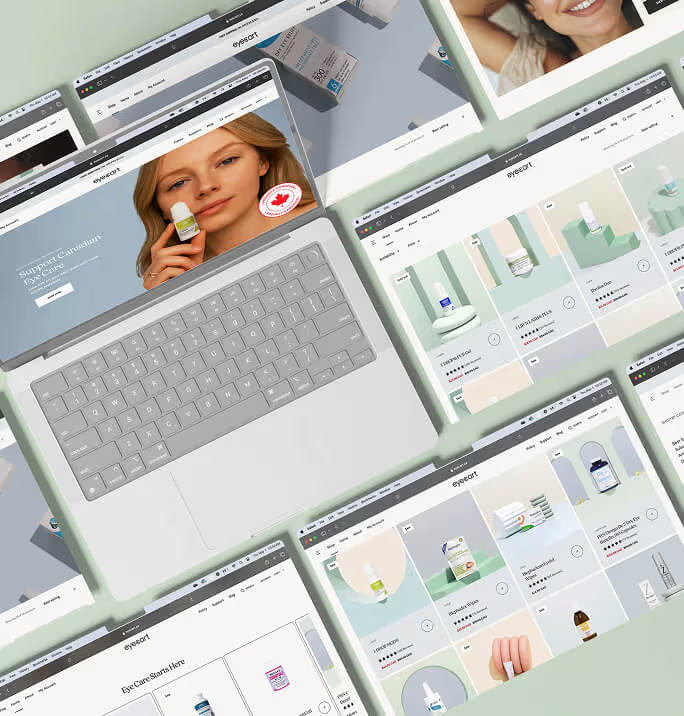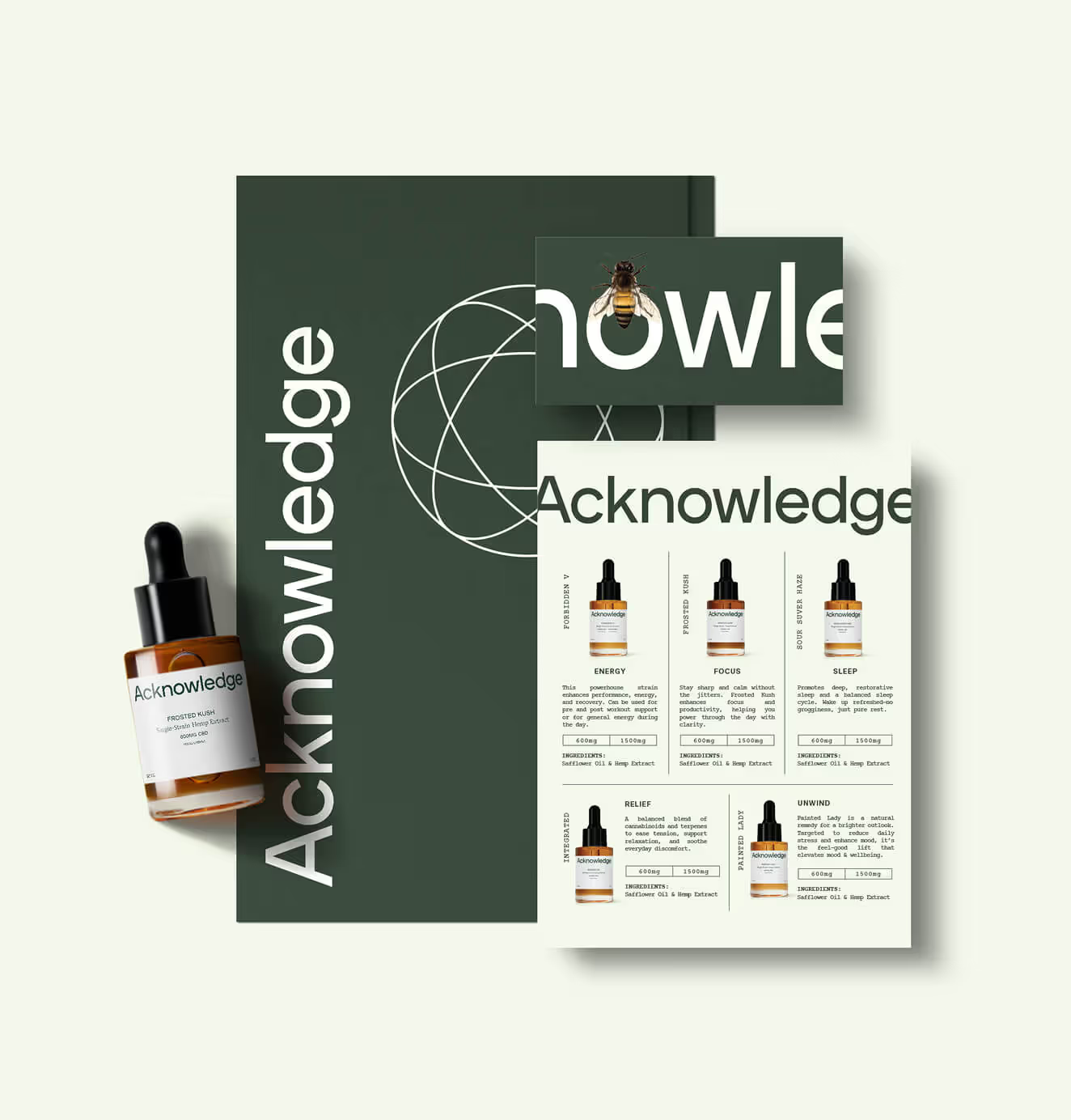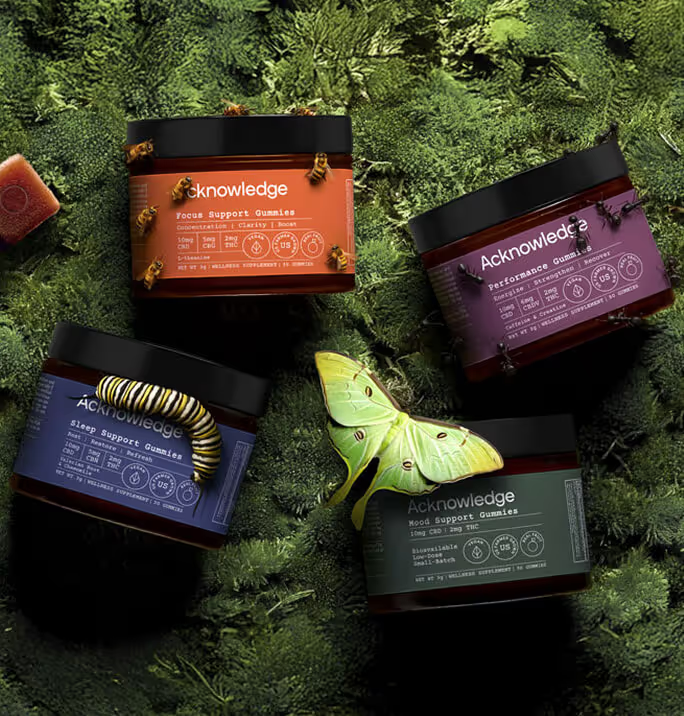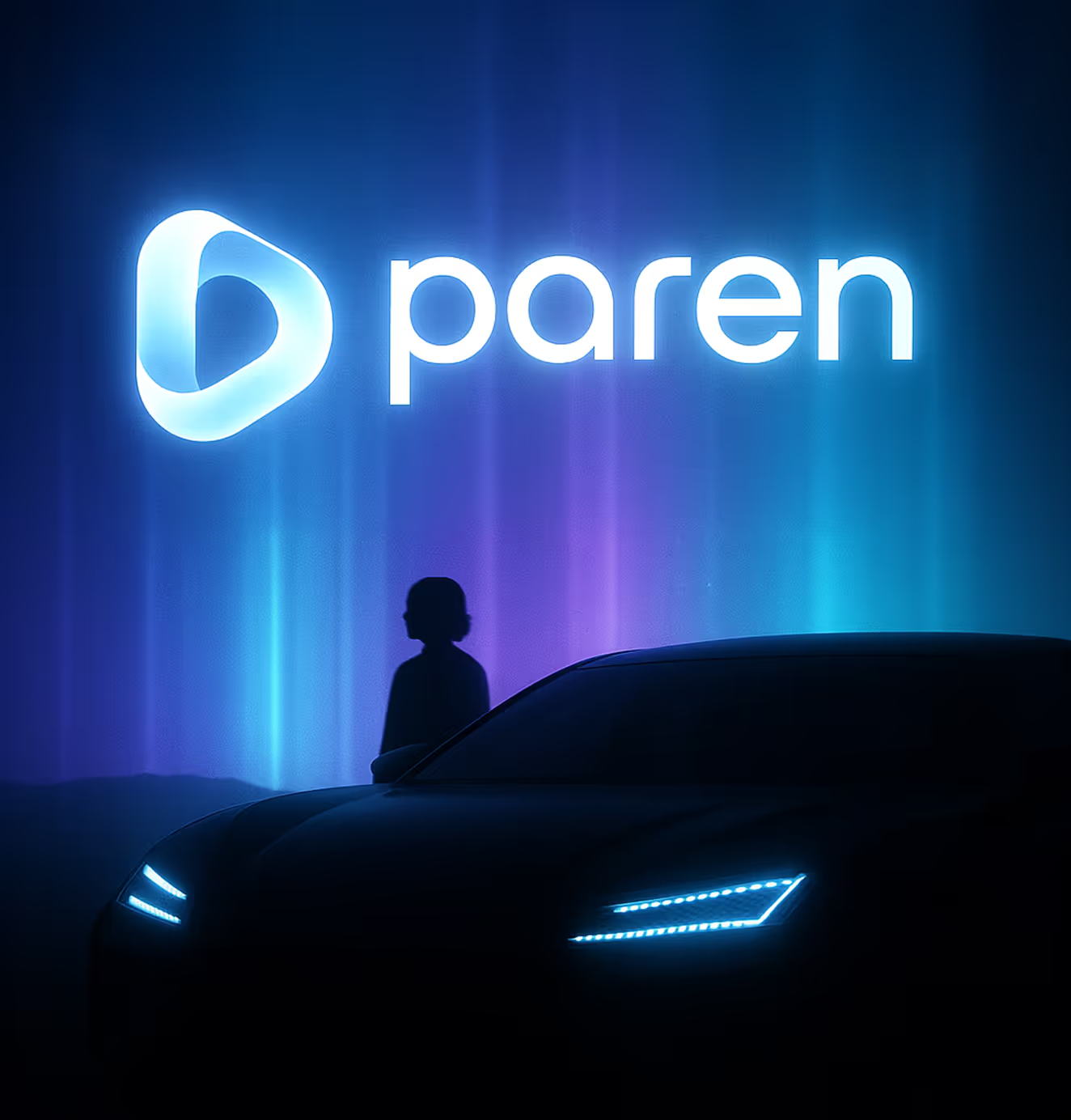03/20/2025
Brand Strategy
Creating a distinct brand persona is key to building lasting emotional connections and shaping how your brand is perceived.

It's time to elevate your game with a killer brand persona that sets you apart. Think of your brand persona as the rockstar face of your business, echoing your distinct identity and values to the world. This isn't just about branding; it's about forging genuine connections, building lasting relationships, and making your mark in a crowded marketplace. In this guide, we're going to break down the secrets of creating a brand persona that truly resonates with your audience. We'll guide you through the crucial elements of a standout persona and arm you with strategies to engage more customers than ever before. So, gear up to unleash the full power of your brand and make an unforgettable impact.
.png)


Crafting a Killer Brand Persona: Your Ultimate Guide
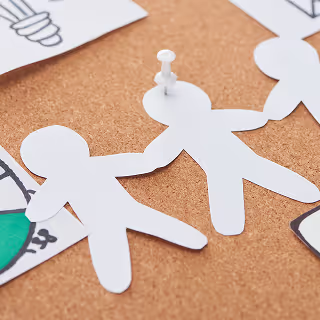


Understanding the Brand Persona
A brand persona is essentially your business's personality.
It's the image and vibe you project, mirroring your core principles.
A powerful brand persona isn't just an image; it's an emotional connection point, drawing potential customers closer and making them more inclined to engage with your brand.
Brand personas can take various forms – from visual symbols like logos or mascots, to written customer profiles, or even real-life ambassadors like celebrity endorsers.
Popular types include the Mascot (a lively character embodying your brand), the Professional (a sophisticated representative of your business), and the Everyman (the relatable, 'average Joe' connecting with your everyday audience).
Ready to craft a persona that captures the essence of your brand?
Let's dive into the exciting world of brand personas!
Mastering the Art of Brand Persona Creation


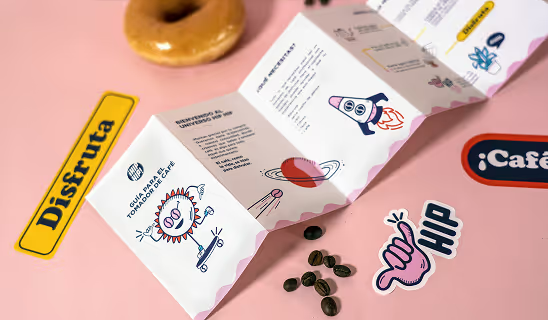









Let's dive into the craft of creating a brand persona that not only stands out but also deeply resonates with your audience.
The journey to an epic brand persona starts with some serious detective work.
You need to dive into user research and analytics to really get who your target market is – their needs, backgrounds, desires, and expectations from your brand.
Once you've got the lowdown on your audience, it's time to focus on the key elements that make a brand persona not just good, but great:
- Personality Image – This isn't just about the visuals like colors, logos, and fonts (though they're super important). It's also about the vibe you're putting out there. Are you the enthusiastic go-getter or the always-on-time professional? Your persona should mirror how your customers want to interact with your brand.
- Brand Overview – Here's where you tell your brand's unique story. What sets you apart from the crowd? Why should people pick you over the others? This section is all about showcasing your unique selling points.
- Traits to Highlight – This is the essence of your brand. Are you all about lightning-fast customer service, or do you champion sustainability and community involvement? These characteristics define your brand's DNA.
The Perks of Having a Rock-Solid Brand Persona
Creating a brand persona isn't just for show – it's a powerful tool to connect with your customers on a deeper level, building trust and loyalty.
It brings consistency across all your platforms, whether digital or physical. This means no matter how or where your customers interact with you, they get a cohesive experience that reflects awesomely on your business.
Sure, crafting this persona takes time and effort, but the payoff is huge. By grounding your brand persona in research-driven insights, highlighting traits that align with your core values, and ensuring consistency across all touchpoints, you're setting up for a win.
You're not just creating a persona; you're building a brand experience that will draw in your audience like never before.
Want to learn more about brand platforms, Brand Strategy and Brand Identity? Keep reading!
What is a Brand Persona?

A brand persona represents the tone and voice you wish to use when communicating with customers.
It's not necessarily a person; instead, it can be any number of things: a group of people, an object, or even an animal.
The key is that it creates an emotional connection between your business and its audience by telling them what type of experience they should expect when dealing with your brand or product line.
For example, if you're selling luxury watches, you might create a brand persona that communicates wealth and success by using words like "exclusive" and "high-end."
However, if you're selling sneakers for teens, you might use a more casual tone like "cool" and "fun."
Looking for all the answers but don't know where to start?
How to create a brand persona
Branding is a way of differentiating yourself from your competitors.
It’s about making an emotional connection with your customers, leading to stronger customer loyalty and increased sales.
But how do you create an effective brand?
Here are 3 steps to creating a distinct brand persona:
Decide on your brand’s personality trait
The first step in creating a brand persona is deciding on one main trait that describes who you are and what you stand for.
This can be any of the 5 key branding personalities.
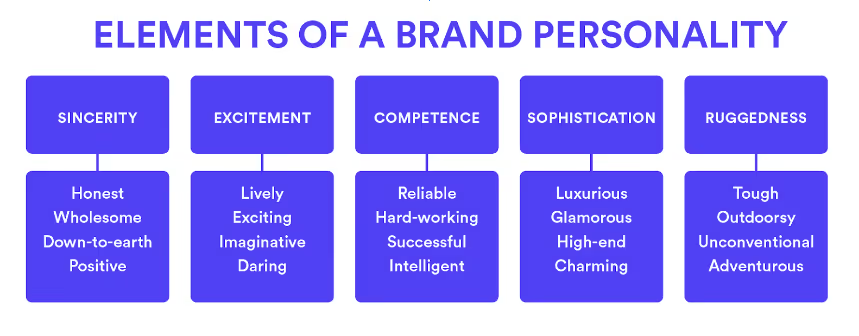
The Five Key Branding Personalities
1. Excitement
The excitement-branding personality is about being fun and exciting — like a superhero who can make anything happen just by showing up.
Brands like Nike, Disney, and Coca-Cola have this kind of branding personality because they want their customers to feel like they're part of an adventure.
2. Sincerity
The sincerity-branding personality is all about being honest and genuine. It's about being trustworthy, authentic, and simple — just like your friends who don't try too hard to impress others with their image.
Brands like Whole Foods Market, Patagonia, and Honest Tea have this kind of branding personality because they're not afraid to be themselves without worrying about what other people think of them.
3. Ruggedness
The ruggedness-branding personality is about being rugged and robust — like a superhero who doesn't need anyone else's help to get things done.
Brands like Jeep, Harley Davidson, and Caterpillar have this kind of branding personality because they want their customers to feel strong and confident when using their products or services.
4. Competence
The competence-branding personality is about being intelligent and competent — like a superhero who can handle any situation alone.
Brands like Apple, Google, and Microsoft have this kind of branding personality because they want their customers to feel they can rely on them for anything.
5. Sophistication
The sophistication-branding personality is all about being relaxed and sophisticated — like a superhero who knows the right thing to say in any situation.
Brands like BMW, Louis Vuitton, and Rolex have this kind of branding personality because they want their customers to feel like they belong in an exclusive club.
Your brand doesn't need to have just one personality trait — it can have several — but it needs at least one to stand out from competitors and attract customers who resonate with this characteristic.
A brand’s personality can be determined by using several different factors
What are the values that your brand has?
For example, if you want to be seen as an innovative company, this should be reflected in your marketing material.
What are the emotions you want to evoke in potential customers?
For example, if you want them to feel happy when they see your product, this should be reflected in your marketing material.
What do you want people to think about when they think about your brand?
For example, if you want them to think about how good their lives would be if they used one of your products, then this should be reflected in your marketing material.
2. Understand your buyer persona
Understanding your buyer persona is the second step to creating a unique brand persona.
A buyer persona is a fictional representation of your ideal customer.
You can create as many buyer personas as you want, but it's best to start with one: the core customer.
The core customer should represent the most essential segment of your audience.
Your core customer should be defined by three or four characteristics that describe what makes them different from other people in their market.
For example, let's say you're an e-commerce store selling home goods and accessories.
You might describe your core customer as someone who lives in a house or apartment with an income between $40K and $60K annually.
They're married or have a significant other but don't have kids yet — they may even be planning on starting a family soon!
This step is vital because the personality of your brand and your target audience are intertwined.
It's a matter of compatibility and connection.
The more clearly you can define and know your target customers, the easier it will be to decide how to market to them.
In this example, we've described a hypothetical couple planning on starting a family.
This means they're likely looking for affordable home goods with a classic style — something that won't look out of place in their home once children are added to the mix.
The ideal scenario would have a brand personality that matches your target audience.
If your brand is all about being luxurious and sophisticated, then there will be a disconnect between who you are and what your customers want to buy from.
3. Create your brand persona profile
It's time to create your brand persona profile.
Name - This can be anything from "Susie" to "Mandy" (or even "Bob"). It just needs to be something that makes sense for you and your business.
Image - This is the visual representation of your brand. It could be a photo of someone or even just a drawing. There are no rules for what this should look like—just ensure it's consistent across all marketing materials so people know that it represents you and your business.
Personality - This is the personality of your brand. In other words, what are you like as a person? This can help guide your marketing efforts and ensure that everything you do reflects who you really are (and not some made-up character).
This should also describe how this person views and how others see them (e.g., confident, friendly).
Goals - These are what your business wants to achieve—what does success look like for your brand? What are the metrics for measuring this success?
Age - This is the age of your persona. This can be a young adult or an older person, depending on who you are trying to target with your marketing.
Likes/Dislikes - These are things that your persona would enjoy doing outside of work. This can be anything from art to sports and should show how this person views.
This is just a basic profile of your brand persona.
You can add more details to the profile as long as it accurately depicts your brand.
Establishing a brand persona is an important part of creating a strong brand identity

A strong brand persona will make your customers feel like you're there for them, understand their needs, and agree with their opinions.
Your choice of wording, tone of voice, and brand language all significantly impact how you present yourself as a brand.
It's essential to be deliberate in how you write and what approach you take when designing your brand persona.
Hopefully, this guide has given you insights on creating a distinct brand persona.
However, if you are still confused about your business's brand persona, or you're ready for more unique and distinct branding, it's time to bring in professionals who can help you.
At the Branded Agency, we are confident in being able to help you with all aspects of branding your business.




